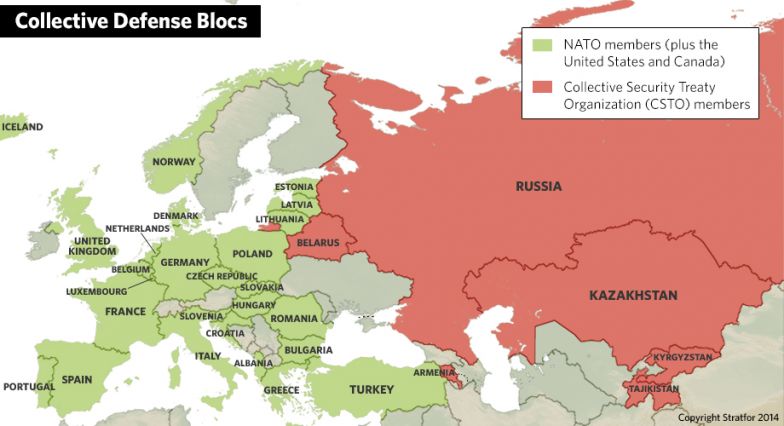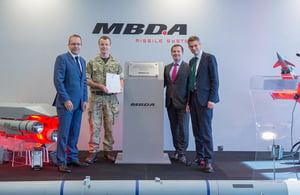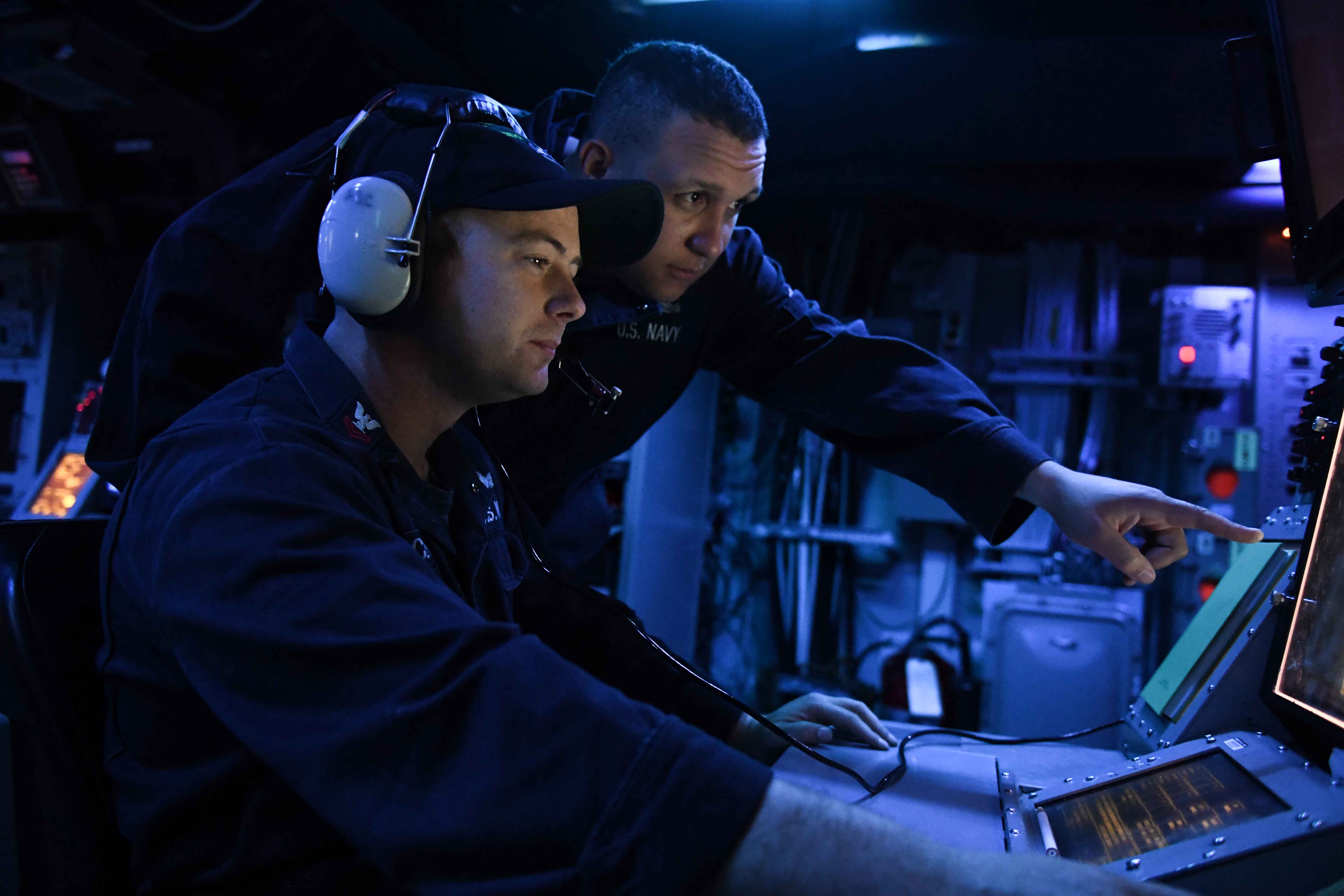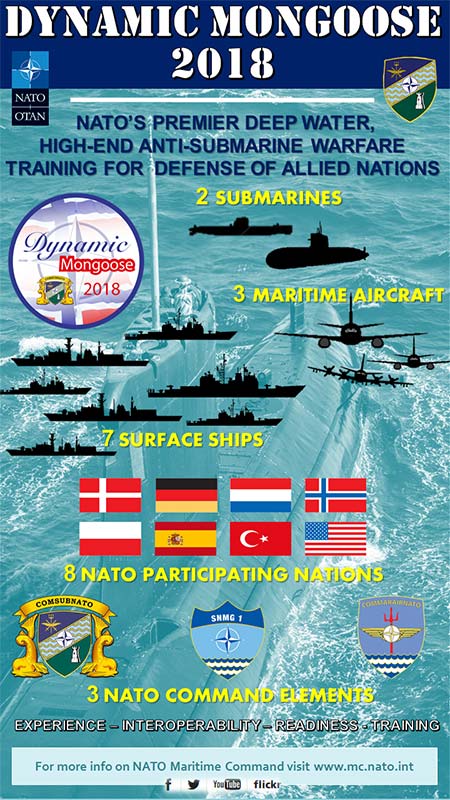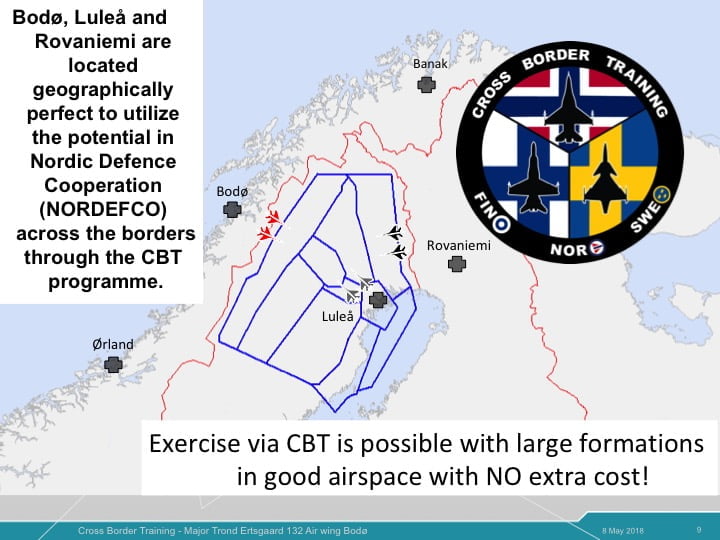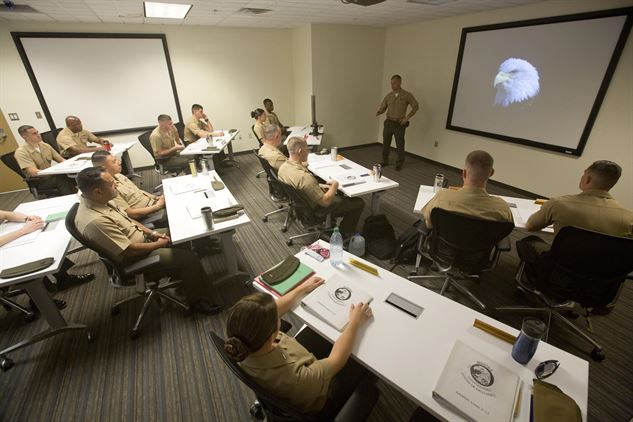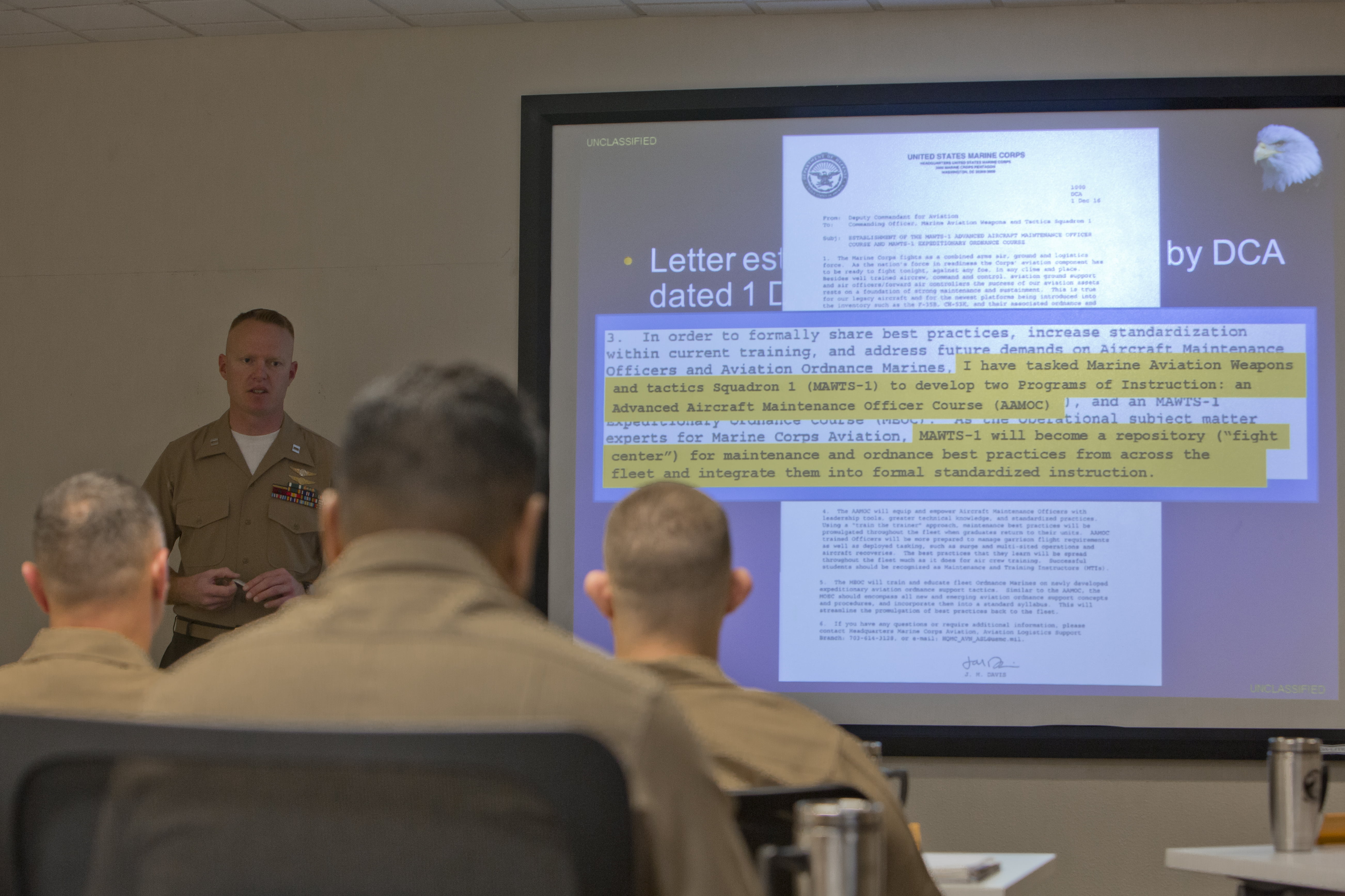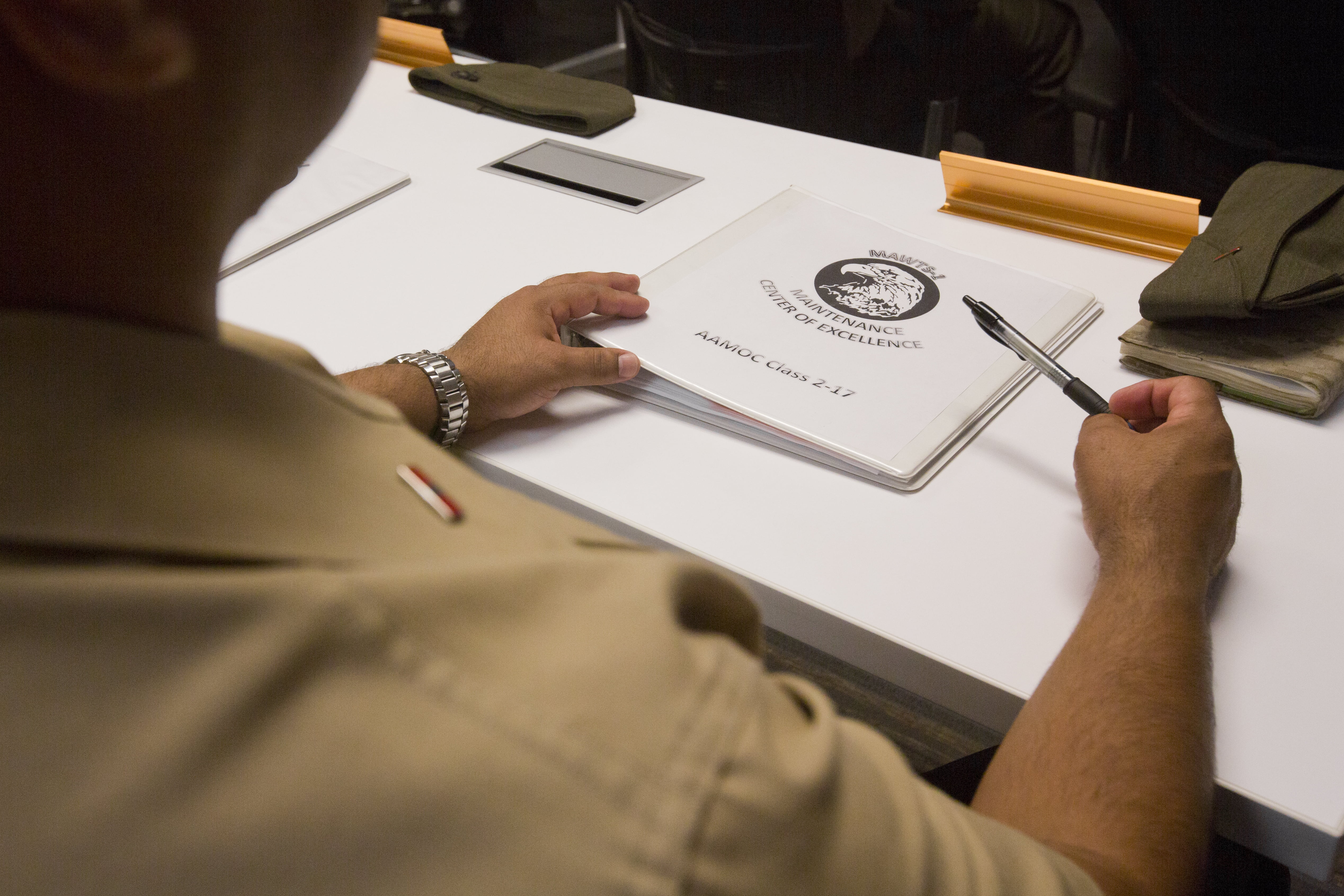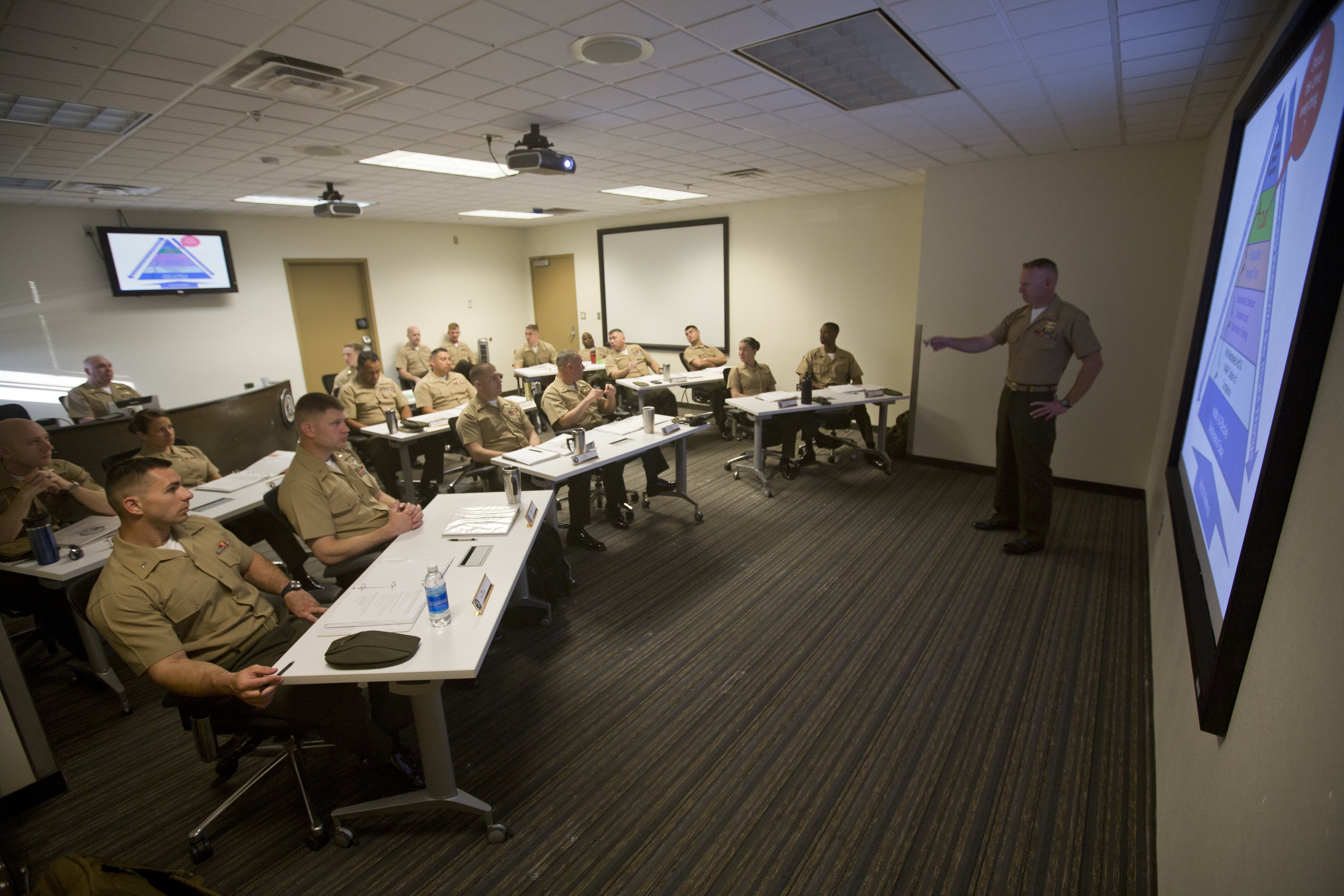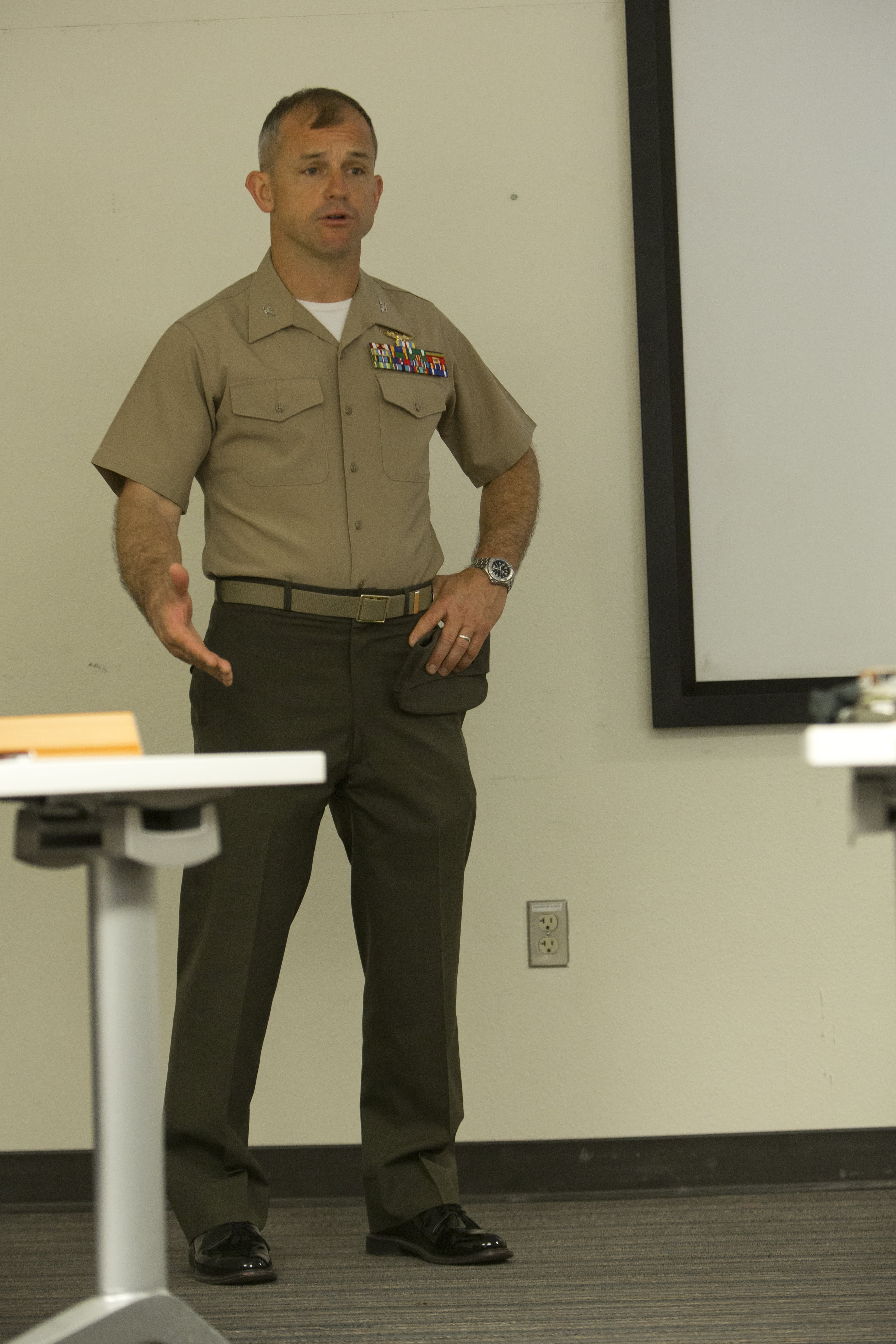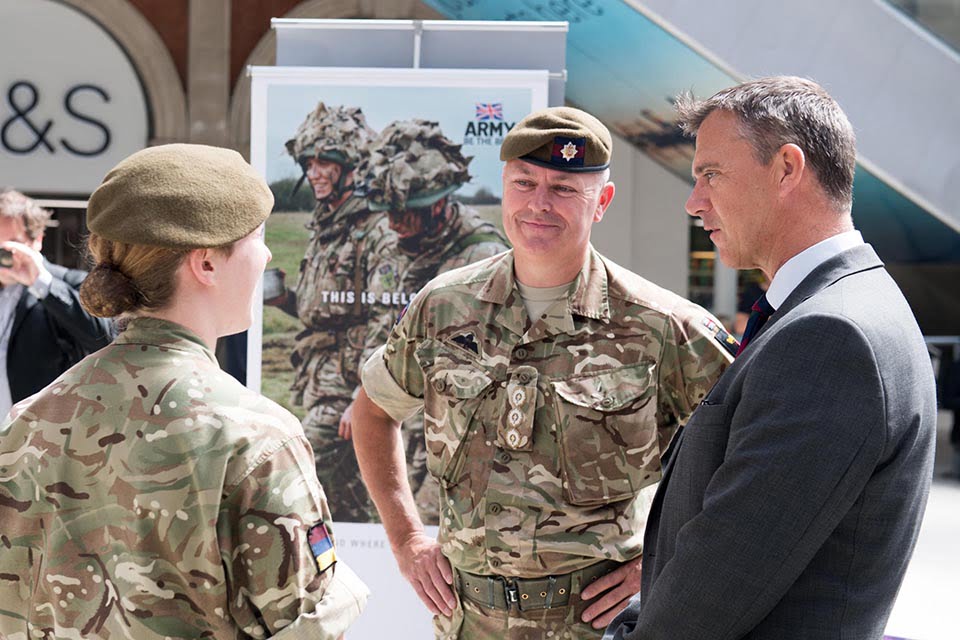By Richard Weitz
One issue that will probably not be on the NATO summit agenda, but should be, is to develop a strategy for dealing with the Collective Security Treaty Organization (CSTO).
NATO has consistently rejected to do so, dismissing the organization as a façade for Moscow’s aspirations for regional hegemony.
It is true that Russia dominates the CSTO, which also includes Armenia, Belarus, Kazakhstan, Kyrgyzstan, and Tajikistan as full members.
For example, the CSTO helps to justify the Russian military presence in other former Soviet republics.
But the organizationhas become increasingly active in recent years and NATO can hardly have a comprehensive role for Eurasia without addressing its prominent role.
The CSTO has several types of collective military forces: large combined regional forces, standing rapid reaction forces, and smaller special purpose forces for sub-conventional missions.
Most importantly, in 2009, the CSTO created a Kollektivniye Sily Operativnogo Reagirovaniya (KSOR or Collective Rapid Reaction Force) to conduct low-intensity operations such as peacekeeping, counterterrorism, counterinsurgency, emergency response, and countering drug trafficking.
The KSOR includes special purpose forces as well as conventional troops.
Its more than 25,000 personnel are split into a large battle group of 22,000 and a 3,500-member Central Asian Regional Collective Rapid Deployment Force (KSBR TsAR), which maintains a higher state of combat readiness but is intended for use only in Central Asia.
The KSOR has engaged in more major exercises in recent years, especially since the Ukraine conflict began in 2014:
- The “Vzainmodeystviye” (translated in English as “Interaction” sometimes “Cooperation” or “Collaboration”) are annual large-scale rehearsals of the KSOR’s conventional capabilities.
- The “Rubezh” (“Frontier”) drills tests rapid deployment against hypothetical terrorist organizations in Central Asia.
- The “Nerushimoe bratstvo” (“Unbreakable Brotherhood) series rehearse various peacekeeping skills.
- The periodic “Kobalt” (also translated as “Cobalt”) exercise internal security forces including special police and emergency response.
- The similar “Grom” (“Thunder”) exercises involve members’ national drug and law enforcement bodies.
- The “Search” series drill the CSTO’s reconnaissance and interdiction capabilities.
- The “Combat Brotherhood” label is sometimes used to refer to multi-phased exercises that link several of these more specialized drills.
For example,the “Combat Brotherhood 2017” was based on a single integrating political-military concept and scenario. Under Colonel General Alexander Dvornikov, Commander of the Russian Southern MD, Armenia, Belarus, Kazakhstan, Kyrgyzstan, Russia, and Tajikistan contributed both regular and specialized units for the CRRF drills, which totaled 12,000 troops, 1,500 major pieces of hardware, as well as some 90 aircraft and other combat equipment.
The first phase, which ran from October 3-7, “Search-2017,”drilled members’ reconnaissance forces. In the second, “Interaction-2017,” which lasted from October 9-13, Russian and Armenian regular units exercised at Armenia’s Bagramyan and the Alagyaz training grounds.
The third stage, the “Unbreakable Brotherhood 2017” peacekeeping drills, took place from October 16-20 at two ranges in Kazakhstan. The CSTO Collective Peacekeeping Forces rehearsed conducting negotiations, escorting humanitarian deliveries, operating checkpoints, psychological and information operations, and eliminating terrorists.
In the final phase of “Combat Brotherhood-2017,” which ran from November 10-20, more than 5,000 troops, 300 major ground platforms, and some 60 fixed- and rotary-wing aircraft of the CRRF rehearsed counter-terrorist missions in mountainous areas of Tajikistan. ‘
The multiple forces, locations, and phases of the “Combat Brotherhood 2017” exercise simulated the various missions that might occur under unified command and control when defending the southern CSTO region from state and especially non-state actors.
Later this fall, Kyrgyzstan will host “Interaction-2018”. An estimated 3,000 personnel, 600 pieces of military hardware, and some 40 aircraft will participate. The drill will rehearse peacemaking, rapid response, interoperability, reconnaissance, and air force missions. It will reportedly feature a new operational format allowing for more synchronized exercise management across CSTO members.
In October, the CSTO peacekeeping exercise “Indestructible Brotherhood-2018” will occur in Russia.
Russian Defense Minister Sergei Shoigu explained that these exercises are part of an integrated series of drills that the CSTO will conduct in Kazakhstan, Kyrgyzstan, Russia, and Tajikistan “sequentially under a single plan.”
Here is a more comprehensive description of the more recent significant CSTO and CSTO-related Russian exercises, compiled from various Russian and other publicly available sources:
| Name of Exercise | Actors Involved | Dates | Location | Purpose of Exercise | Resources Involved |
| “Zapad” 2009
(non-CSTO) |
Belarus and Russia | Perform various strategic exercises | Russia’s Western MD and Belarus | Preparation for defense against NATO or other major threats from Europe | |
| Kobalt-2010 | Armenia, Belarus, Kazakhstan, Kyrgyzstan, Russia, Tajikistan | June 7-11 | Kadamovsky District in the Russian North Caucasus Regional Command | Countering terrorism and drug trafficking | Special Operations Units from each country |
| Interaction-2010 | Armenia, Belarus, Kazakhstan, Kyrgyzstan, Russia, Tajikistan | October 25-28 | Chelyabinsk Region, Russia | CRRF defeats armed groups in Ural Mountains | 1700 soldiers, 12 II-76 transport planes, 20 BMP’s |
| Interaction-2012 | Armenia, Belarus, Kazakhstan, Russia | September 15-19 | Marshal Bagramyan Range in Armenia | CRRF rescues hostage and expels terrorist groups from Caucasus region | 2500 personnel and 500 pieces of equipment |
| Unbreakable Brotherhood-2012 | Armenia, Belarus, Kazakhstan, Kyrgyzstan, Russia, Tajikistan | October 8-17 | Iliskiy, Shoshkala, and Bereg training ranges in Kazakhstan | Counterterrorist and peacekeeping missions in Central Asia | Almost 1,000 soldiers (half from Kazakhstan) |
| Interaction-2013 | Armenia, Belarus, Kazakhstan, Kyrgyzstan, Russia, Tajikistan | September 19-26 | Asipovichy Range in Belarus | CRRF recaptures terrorist-controlled natural gas compressor | 600 personnel and 60 pieces of equipment |
| Zapad-2013 (non-CSTO) | Russia and Belarus | September 20-26, 2013 | Russia’s Western MD and Belarus | Countering external non-state actors trying to destabilize Belarus | 250 pieces of military equipment |
| Unbreakable Brotherhood-2013 | Armenia, Belarus, Kazakhstan, Kyrgyzstan, Russia, Tajikistan | October 7-11 | Chelyabisnk Province, Russia | joint peace-keeping | 2,500 personnel units |
| Unbreakable Brotherhood-2014 | Armenia, Belarus, Kazakhstan, Kyrgyzstan, Russia, Tajikistan | July 29-August 1 | Tokmok, Tajikistan | peacekeeping mission, suppressing terrorists, and delivering humanitarian aid | Belarus: One battalion
Kazakhstan: One battalion Kyrgyzstan: One battalion and an Interior Ministry Unit Tajikistan: One Battalion Armenia: One battalion, BTR-70’s, BMP-2’s, and MI-7’s |
| Zhetisu Antiterror-2014 | Belarus, Kazakhstan, Kyrgyzstan | August 14-22, September 9 | No Specific Location | tracking and destroying a terrorist group | Belarus: Law Enforcement agencies, BTR-80 armored personnel carriers, MI-8 transport helicopters |
| Interaction-2014 | Armenia, Belarus, Kazakhstan, Kyrgyzstan, Russia, Tajikistan | August 18 | Spassk, Kazakhstan | CRRF suppresses separatist movement in neighboring countries | 3000 units of personnel and over 100 pieces of equipment
Kazakhstan: One National Guard unit Tajikistan: Air assault company Kyrgyzstan: A mountain rifle company Armenia: Police Special Purpose unit Belarus: One Special Forces Brigade and the Interior Ministry unit |
| Russia-Armenia Joint Exercise-2014 | Armenia and Russia | October 13-19, 2014 | Armenia | military preparedness | 3,000 personnel |
| CRRF Exercise-2015 | Armenia, Belarus, Kazakhstan, Kyrgyzstan, Russia, Tajikistan | May 12-14, 2015 | Tajikistan | repelling armed groups attempting to infiltrate Tajikistan from Afghanistan | Russia: 450 soldiers, 20 aircrafts, and a few hundred pieces of equipment
Belarus: N/A |
| Interaction-2015 | Armenia, Belarus, Kazakhstan, Kyrgyzstan, Russia, Tajikistan | August 22-28, 2015 | Strugi Krasniye range in Russia | eliminating an irregular armed group | 2000 personnel, 40 aircrafts, 200 pieces of equipment
Kyrgyzstan: 50 paratroopers Kazakhstan: airborne, nuclear, biological, and chemical units Tajikistan: Airmobile platoons |
| Union Shield Exercise-2015 | Russia and Belarus | September 10-16, 2015 | Russia’s the Kirylkovskiy and Strugy Krasniye training grounds in the Pskov and Leningrad Oblasts | enhancing Belarusian-Russian interoperability | 8,000 soldiers and 400 pieces of military hardware (tanks, infantry fighting vehicle, self-propelled artillery, and aircraft
|
| Unbreakable Brotherhood-2015 | Armenia, Belarus, Kazakhstan, Kyrgyzstan, Russia, Tajikistan | September 30-October 4, 2015 | Bagramyan training center in Armenia | peacekeeping activities | Russia: 100 personnel
Belarus: A platoon from the peacekeeping company in the 103rdguards Mobile Brigade and 50 pieces of equipment |
| Caucasus-2016 | Russia | 2016 | Russia’s Southern MD | power projection | 12,500 troops |
| Poisk-2016 | Armenia, Belarus, Kazakhstan, Kyrgyzstan, Russia, Tajikistan | April 18-22, 2016 | Magob and Lyaur ranges in Tajikistan | reconnaissance of terrorist group infiltrating through Afghan-Tajik mountainous terrain | 1,500 personnel, various aircrafts, and unmanned aerial vehicles |
| CRRF Exercise | October 2016 | Kyrgyzstan | simulating land operations and air strikes against incursions from Afghanistan | N/A | |
| Dushanbe-Antiterror-2017 | CSTO Countries | May and June 2017 | N/A | anti-terror exercises | 5,000 troops and 400 pieces of equipment
Russia: 2,000 troops and 300 of the pieces of equipment |
| Zapad-2017 | Russia and Belarus | October 2017 | Russia’s Western MD and Belarus | Prepare for a major war in Europe | 12,700-70,000 Russian and Belarussian troops, Russia’s Baltic Fleet, S-400 air defense interceptors, and SS-26 Iskander missiles.
|
| Kobalt-2018 | Internal security forces from Belarus, Kazakhstan, Kyrgyzstan,
Russia, and Tajikistan |
June 2018 | Kazakhstan | The three days of drills simulating a range of scenarios, including detection and elimination of an illegal armed group of terrorists | More than 700 special forces units, 70 pieces of combat and specialized equipment, six aviation systems and unmanned aerial vehicles and artillery weapons
|
The featured graphic is credited to Stratfor.
https://worldview.stratfor.com/article/nato-future-alliance


